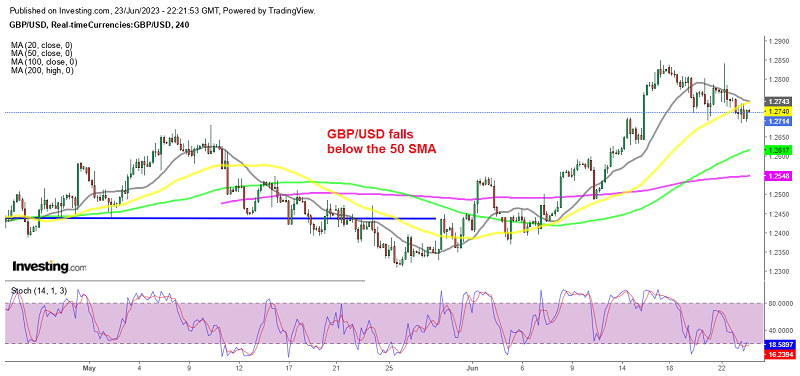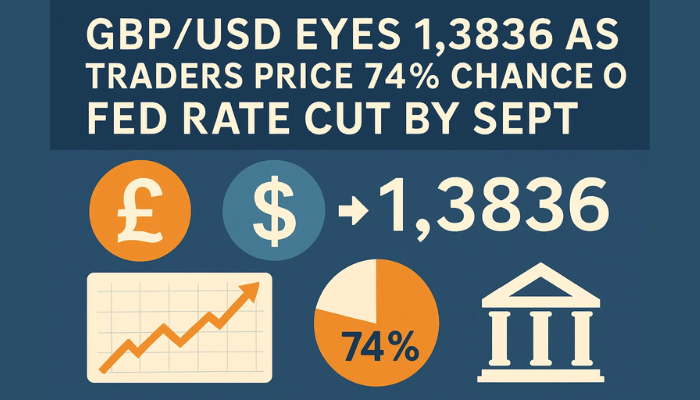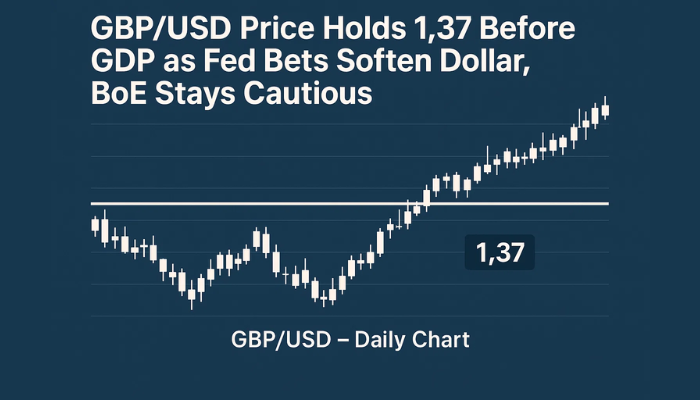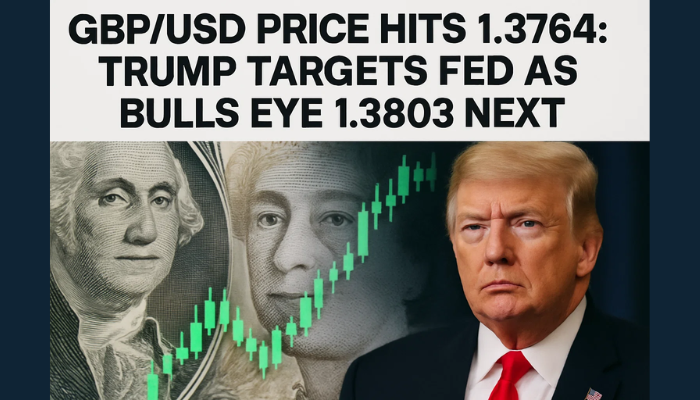GBP/USD Ends Up Lower on Soft PMI, Despite the 50 BPS BOE Hike
GBP/USD ended up lower last week, despite the 50 bps rate hike by the Bank of England

GBP/USD has been bullish since the end of September last year, after the intervention in the markets by the Bank of England, while the sentiment for the USD turned bearish. As a result, this pair surged to 1.2850 early last week. But, buyers failed up there for a second time after the Bank of England (BOE) meeting last week and the price has been retreating lower.
It seems that the FED has decided to pause its tightening cycle, indicating a more cautious approach to raising interest rates. They want to gather more data before making further adjustments and are focused on finding an optimal level of monetary restraint to bring inflation back to target without causing significant harm to the economy. They have also emphasized their data-dependent approach and willingness to take further action if the economy remains strong, although the FED DOT PLOT showed two more hikes until the end of 2023.
On the other hand, the BoE surprised the markets with a larger-than-expected 50 basis points hike after the inflation numbers on Wednesday remained elevated for May. This suggests that the BoE is taking a more aggressive stance towards controlling inflation and intends to continue raising rates until the inflation outlook improves.
Given this policy divergence between the two central banks, where the Fed is pausing and the BoE is being more assertive, it is possible that this could favor the British Pound. A higher interest rate generally makes a currency more attractive to investors, as it provides higher returns. Therefore, the BoE’s more aggressive rate hike may increase the demand for the British Pound, potentially leading to its appreciation against other currencies, including the US Dollar.
GBP/USD experienced a significant rally but encountered resistance at the 1.2847 level. Following this resistance, the pair started to retreat, even in the face of positive news such as a high Consumer Price Index (CPI) and a surprising 50 basis points hike by the Bank of England (BoE). This resistance and a subsequent pullback could indicate that the rally became overstretched, and the market may require a healthy correction before resuming its upward movement.
The first level of support for the GBP/USD pair is expected to be around 1.2680. This means that if the pair continues to decline, it might find some buying interest and stabilization around that price level. Traders and investors will likely closely monitor how the price behaves near this support level to assess the potential for a rebound or further downside.
UK Services and Manufacturing PMI by S&P Global – 23 June 2023
- June flash services PMI 53.7 points vs 54.8 expected
- May services PMI was 55.2 points
- Manufacturing PMI 46.2 points vs 46.8 expected
- Prior manufacturing was 47.1 points
- Composite PMI 52.8 points vs 53.6 expected
- Prior composite PMI was 54.0 points
Similar to the euro area, the UK economy also showed signs of slowing towards the end of Q2 but is at least still posting slight growth. The manufacturing sector continues to underperform while activity in the services sector is also dampened by rising price pressures, which marks a contrast seen in the former. S&P Global notes that:
“June’s flash PMI survey indicates that the UK economy has lost momentum again after a brief growth spurt in the spring, and looks set to weaken further in the months ahead.
“Most notably, consumer spending on services, which was a core growth driver in the spring, is now showing signs of faltering as the reality of higher interest rates, the increased cost of living and gloom about the outlook sets in and overrides the brief boost to spending enjoyed from the pandemic tailwind. The manufacturing sector meanwhile continues to report recessionary conditions.
“One notable area of resilience in the economy is the labour market, with jobs growth accelerating in June as companies in the service sector continue to fill vacancies. While falling backlogs of work suggest this hiring trend could also fade in the coming months as the economy weakens, for now it is generating higher wage growth, in turn feeding through to still-elevated inflation pressures in the service sector. As such, the survey’s price gauges point to consumer price inflation remaining well above the Bank of England’s target into 2024, which will add to the case for further interest rate hikes.
“Thus, while the June survey reveals the economy to be cooling as a result of higher interest rates, the stubbornly elevated price growth in the service sector suggests the Bank of England will consider its fight against inflation as still a work in progress. However, such rate hikes will clearly add further to the likelihood of a recession later in the year, which is looking increasingly inevitable as collateral damage in the fight against inflation.”
GBP/USD Live Chart
- Check out our free forex signals
- Follow the top economic events on FX Leaders economic calendar
- Trade better, discover more Forex Trading Strategies
- Open a FREE Trading Account


